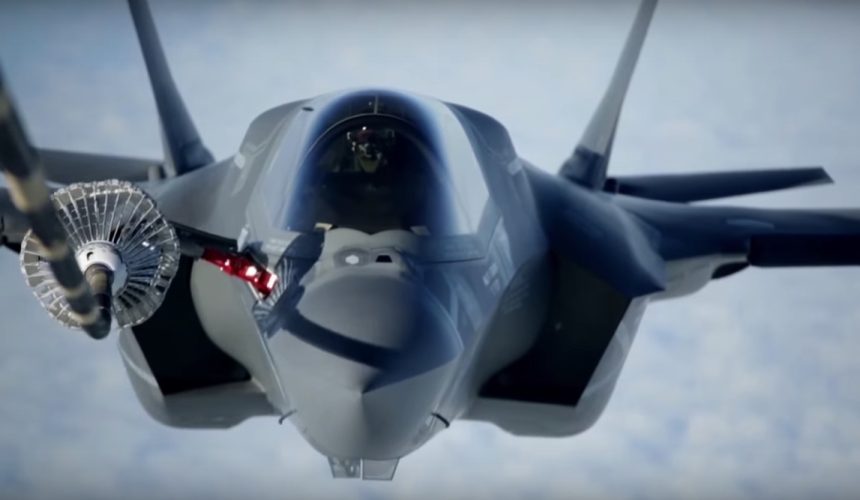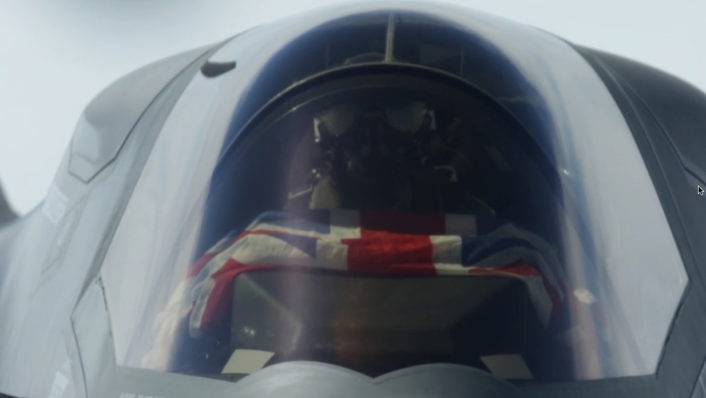The F-35B aircraft refueled 15 times (in total) during their trip across the Pond. And here’s some cool footage that shows the difference between the A and B variants.
On Jun. 29, the first British F-35B Lightning II, accompanied by two U.S. Marine Corps airframes, flew from MCAS Beaufort, South Carolina, and landed at RAF Fairford airbase, UK, successfully accomplishing the STOVL (Short Take Off Vertical Landing) variant’s first transatlantic flight.
During the journey, the F-35Bs were assisted by two U.S. Air Force KC-10 tankers that refueled the Lightining II 5th Generation aircraft 15 times over the Atlantic (note: this *should* be the total aerial refueling operations, meaning that each stealth plane plugged the In-Flight Refueling probe 5 times into the tanker’s hose).
The following B-roll shows the aircraft during the AAR (Air-to-Air Refueling) ops.
The three STOVL variants were followed by three F-35A of the U.S. Air Force Heritage flight on the following day: this was the first time USAF F-35s crossed the Pond.
Interestingly, AW&ST’s James Drew was aboard one of the KC-10s and filmed the refueling operations of the F-35As. You will notice that the A model is refueled by means of the USAF’s standard flying boom system, as opposed to the F-35B that instead of the fuel receptacle use the on-board IFR probe required by the hose and drogue system, the Navy/Marines standard. Noteworthy, according to Drew, the F-35As required 4 aerial refueling operations each: the F-35A has a max range of 1,200 miles, while the F-35B has a max range of 900 miles (thus the need for an additional AAR).
Related articles

















